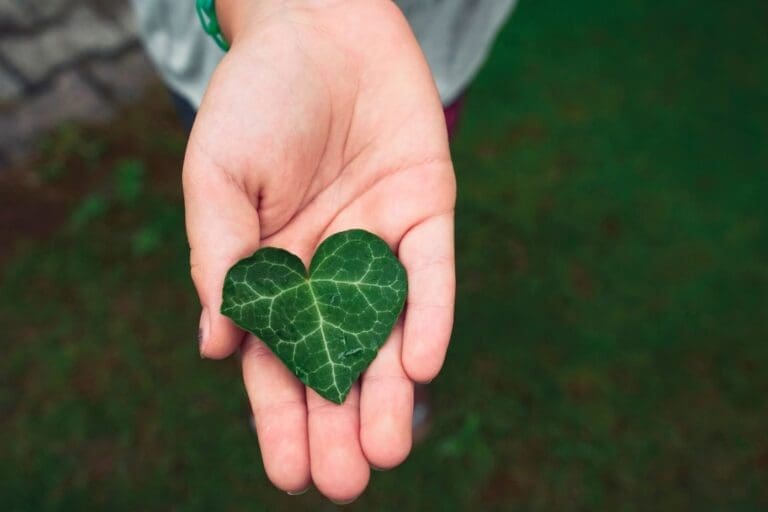In our fast-paced, tech-driven world, it’s easy to feel disconnected from the natural rhythms of the earth. Grounding, also known as earthing, offers a simple way to restore this connection and improve your health in the process. Let’s dive into what grounding is, its potential benefits, and how you can easily incorporate it into your daily routine.
What Is Grounding?
Grounding involves direct physical contact with the earth’s surface. This can be as simple as walking barefoot on grass, sand, or soil. The idea is that the earth carries a subtle electrical charge, and by connecting with it, your body can rebalance its own electrical state.
While grounding might sound new-age, it’s backed by emerging research that highlights its potential to reduce inflammation, improve sleep, and enhance overall well-being.
The Health Benefits of Grounding
- Reduces Inflammation: Studies suggest that grounding can decrease chronic inflammation by neutralizing free radicals in the body. This can help with conditions like arthritis, muscle pain, and joint stiffness.
- Improves Sleep Quality: Grounding has been shown to regulate circadian rhythms, leading to deeper, more restful sleep.
- Lowers Stress Levels: Physical contact with the earth can reduce cortisol (the stress hormone), leaving you feeling calmer and more balanced.
- Boosts Energy: Many people report feeling more energized after grounding, likely due to the rebalancing of the body’s natural electrical state.
- Supports Heart Health: Grounding may improve blood flow and reduce blood viscosity, which are key factors in cardiovascular health.
Easy Ways to Start Grounding
You don’t need special equipment or a big budget to begin grounding. Here are some simple methods to get started:
- Walk Barefoot: Spend 10–15 minutes a day walking barefoot on grass, sand, or soil. Parks and beaches are perfect places to practice.
- Garden with Bare Hands: Skip the gloves and let your hands connect with the soil while gardening. Not only will you ground yourself, but you’ll also reap the mental benefits of gardening.
- Swim in Natural Water: Lakes, rivers, and the ocean are excellent places to ground yourself. The water acts as a conductor, enhancing the grounding effect.
- Sit or Lie on the Ground: Take a few moments to sit or lie down on the grass while reading, meditating, or enjoying a meal. For added comfort, use a natural fiber blanket to avoid direct contact with the ground if needed. Consider an organic cotton blanket for a soft, non-toxic option.
Tips for Maximizing Your Grounding Practice
- Consistency is Key: Aim to ground yourself daily for maximum benefits. Even a few minutes can make a difference.
- Choose Natural Surfaces: Focus on grass, sand, soil, or unsealed concrete for the best results.
- Avoid Barriers: Leather-soled shoes and synthetic materials can block the connection between your body and the earth. Opt for barefoot contact when possible.
- Combine with Mindfulness: Enhance your grounding practice by pairing it with deep breathing or meditation for a calming, holistic experience.

Final Thoughts
Grounding is a simple yet powerful way to reconnect with the earth and improve your health. Whether you’re walking barefoot in the park or using a grounding mat at home, making time for this practice can lead to noticeable benefits for your body and mind. Give grounding a try and feel the difference it makes in your well-being!













